As a first grade teacher, my goal is for my students to become fluent readers. I want them to enjoy reading, and I want them to leave me and enter second grade knowing that they can pick up any book and read for enjoyment. While fluency is only one key ingredient in growing life long readers, it is REALLY IMPORTANT.
Overall, we complete a variety of activities in my classroom to build reading fluency… I introduce phonics patterns in guided reading groups based on the individual needs of my students. They practice reading words, phrases, and passages with the skill to apply what they have learned. We have daily sight word instruction… We complete daily phonemic awareness activities, and we PRACTICE reading. How do you learn anything without practice?
Today, I’m going to share with you one activity that has really made a difference in my classroom…. especially with my struggling readers.
According to the National reading panel, three things are critical of good reading instruction.
- Explicit instruction in phonemic awareness (A whole blog post and video is coming about this soon!)
- Systematic phonics instruction
- Methods to improve fluency
So.. this brings us to my original problem. Back in the day, I introduced a phonics pattern in whole group. My students read words with the pattern…. BUT, they didn’t get enough practice. Then, we went to small groups and I focused on sight words, reading a book at their level, and comprehension strategies… BUT my struggling readers weren’t getting the extra decoding practice that they needed. They learned the phonics pattern, they could blend the letters to form a word. However, they weren’t to the point where they were reading the words with the new phonics pattern automatically. I did pull these students individually, however I quickly realized that if we could utilize decoding drills in small groups I would make more of an impact because… well, there’s just not enough time in the day!!
That’s when I started using DECODING DRILLS for the first THREE minutes of each guided reading group. Overall, these drills solve a lot of my problems.
- When my students come to group I have the drills sitting at the table and ready to go. They know to get busy right away and they don’t have to wait on me.
- The students in the group begin READING right away…. they don’t need my help because they know the pattern. They just need practice to get to the point where reading the words is habitual and automatic.
- I get to stand up from the small group table and walk around the room to make sure all of my other students are engaged, on task, and to address any questions or concerns with their stations or literacy projects.
- I am able to individualize the phonics instruction… I might have one group reviewing letter sounds, another group reading words with short vowels, a group working on blends, and another group learning to read and write words with vowel teams and diphthongs.
- It only takes 3-4 minutes… and my students make SO MUCH PROGRESS!!
Overall, the goal of the decoding drills is to move my students from slowly blending words to a level where decoding is habitual and automatic.
On another note, I just found out that my school will be going virtual this fall. I wanted to keep the drills… so I made them digital! I’ll teach the phonics skill during my virtual reading group, and then I will assign the drills to individual students. My students will practice reading the words each day. When they are fluent, they will record themselves and I’ll get to listen!
You can find the paper version HERE…
Can find the digital version HERE…
Have any questions? Send me an email!!
-Hollie

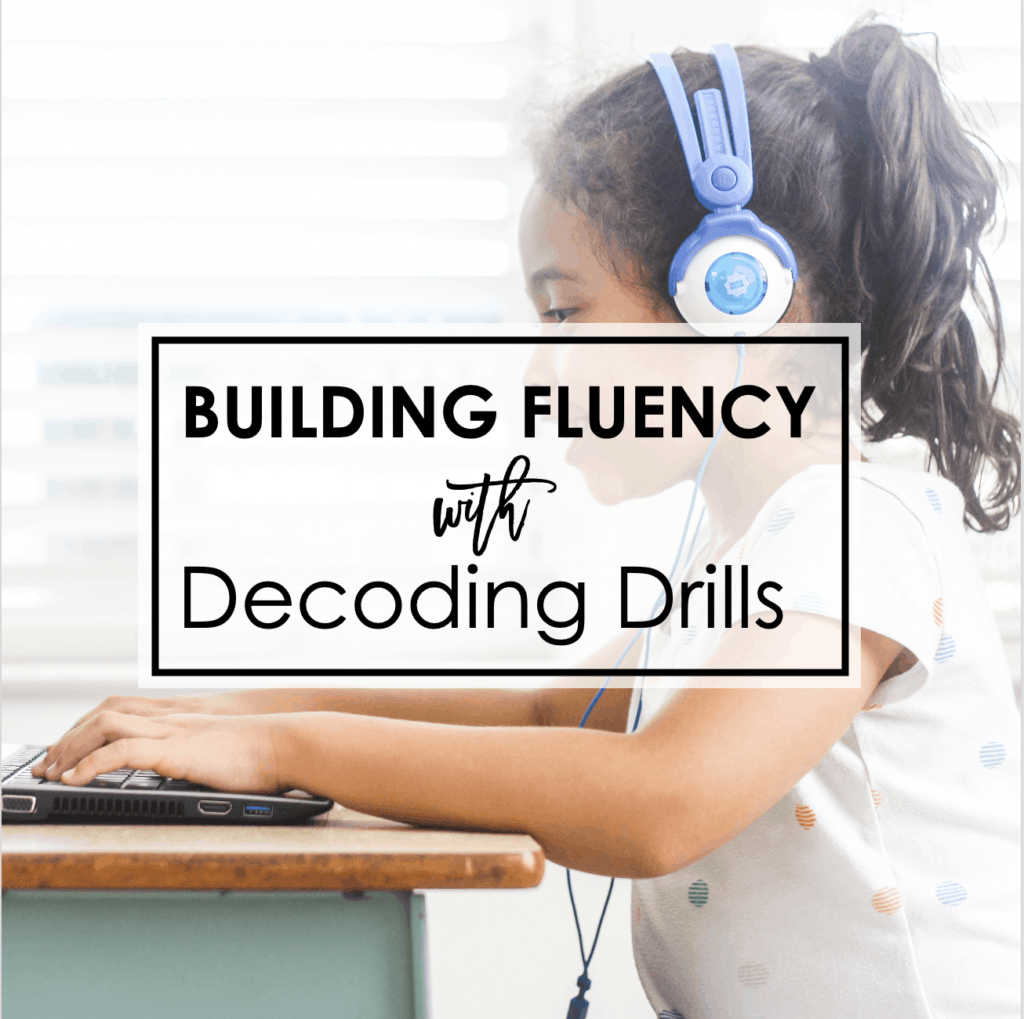
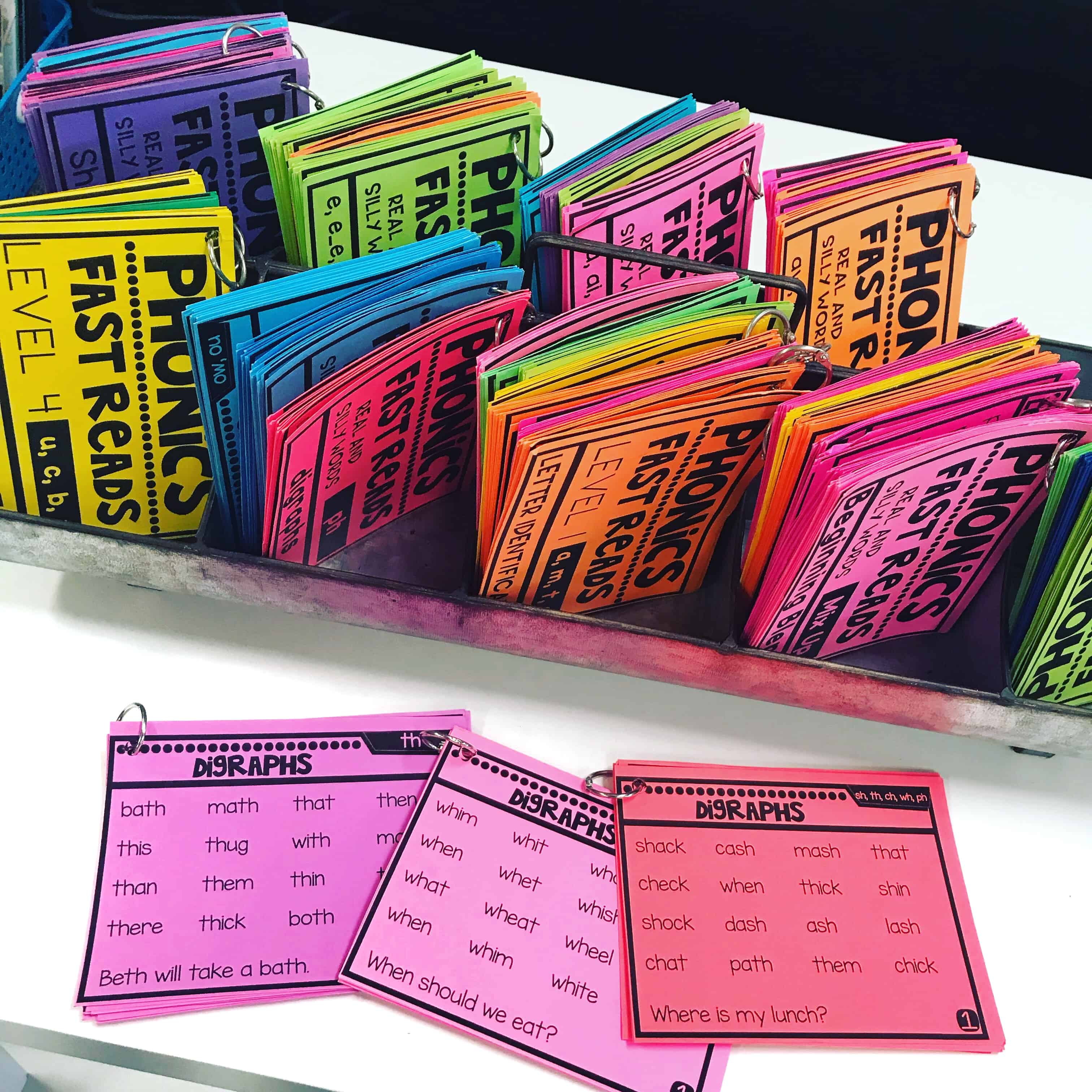
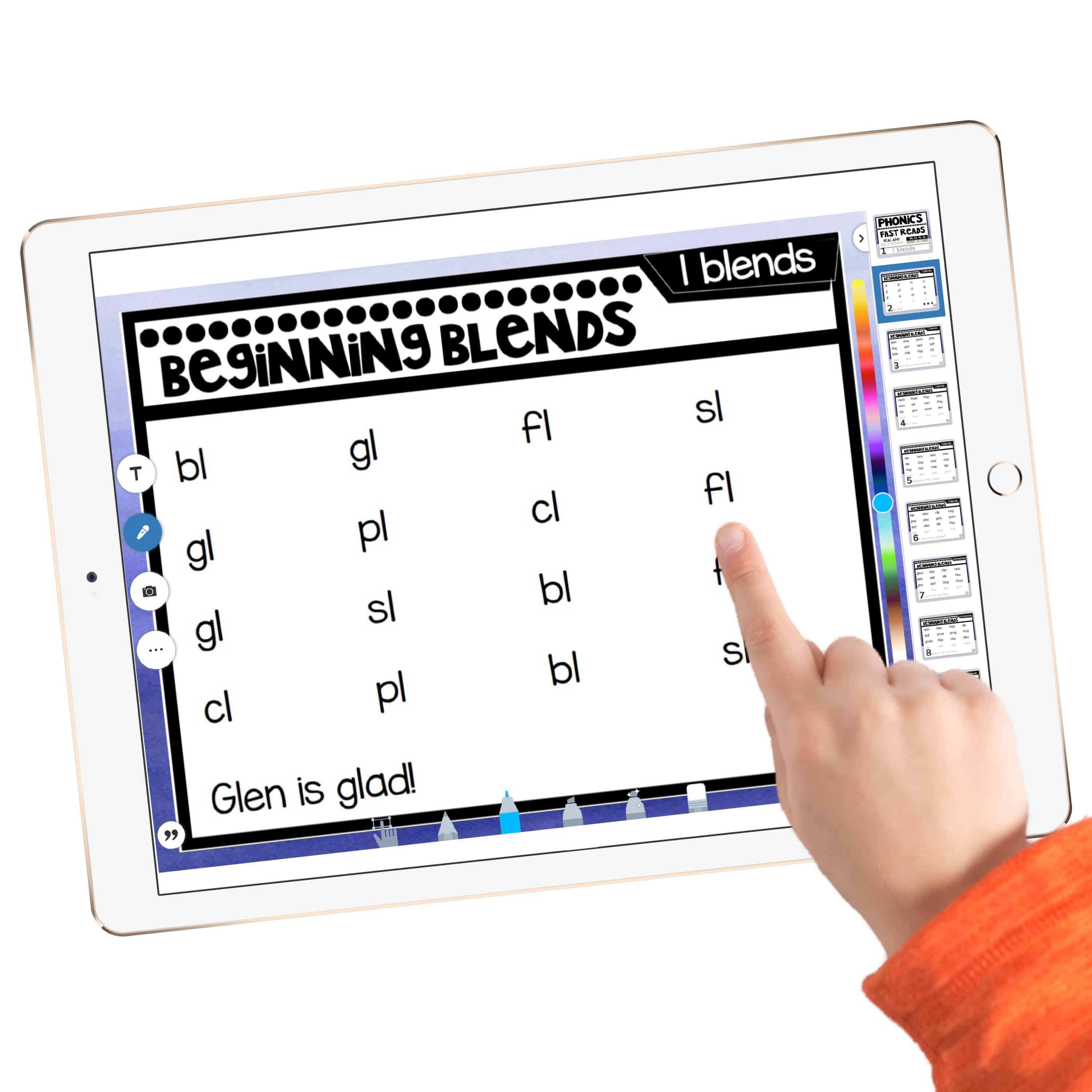
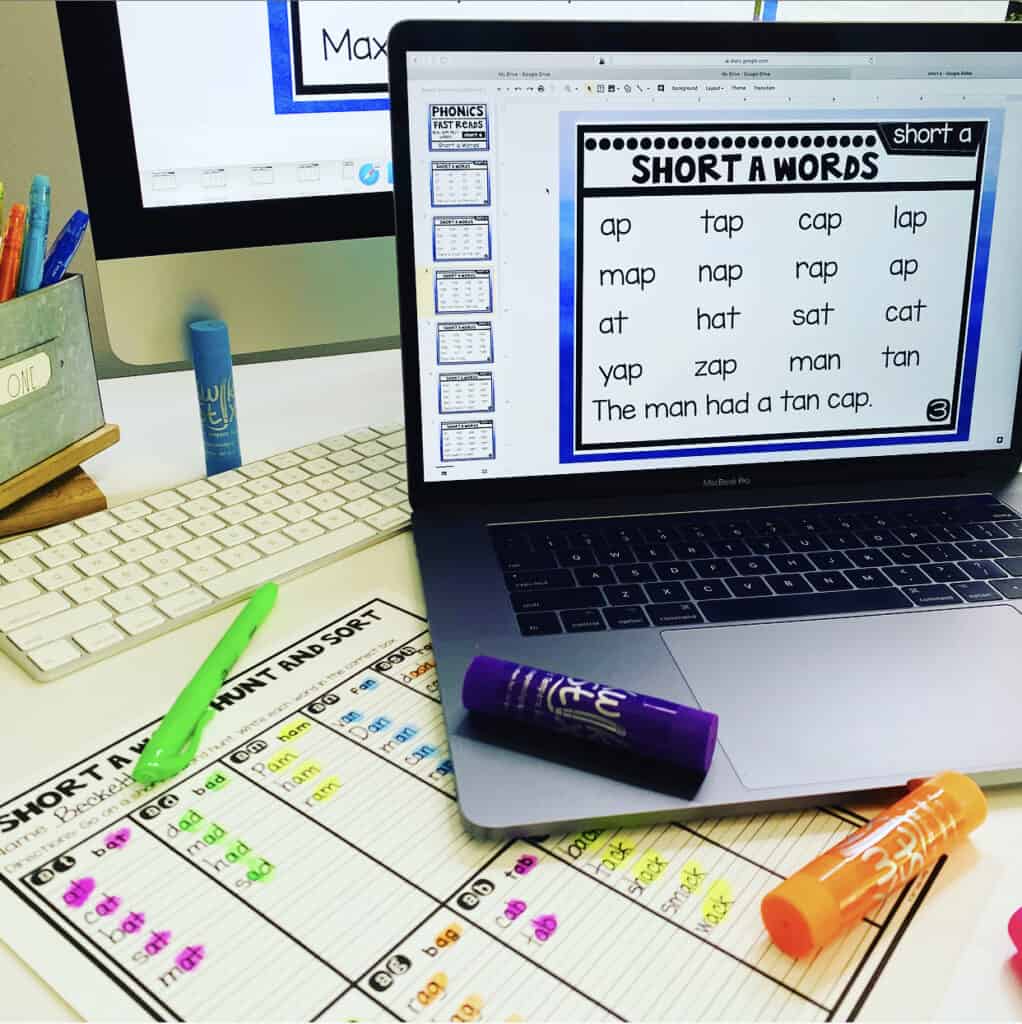
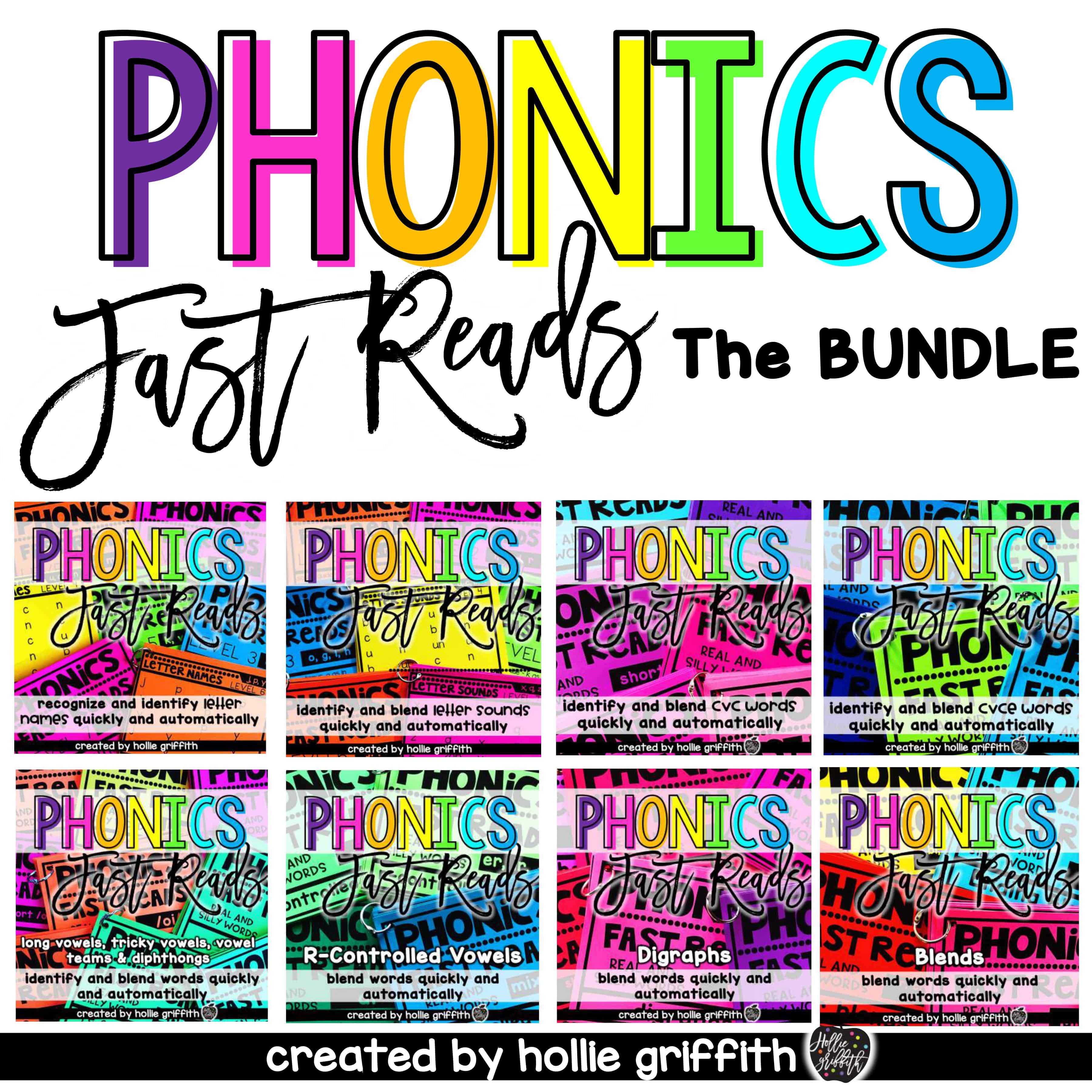
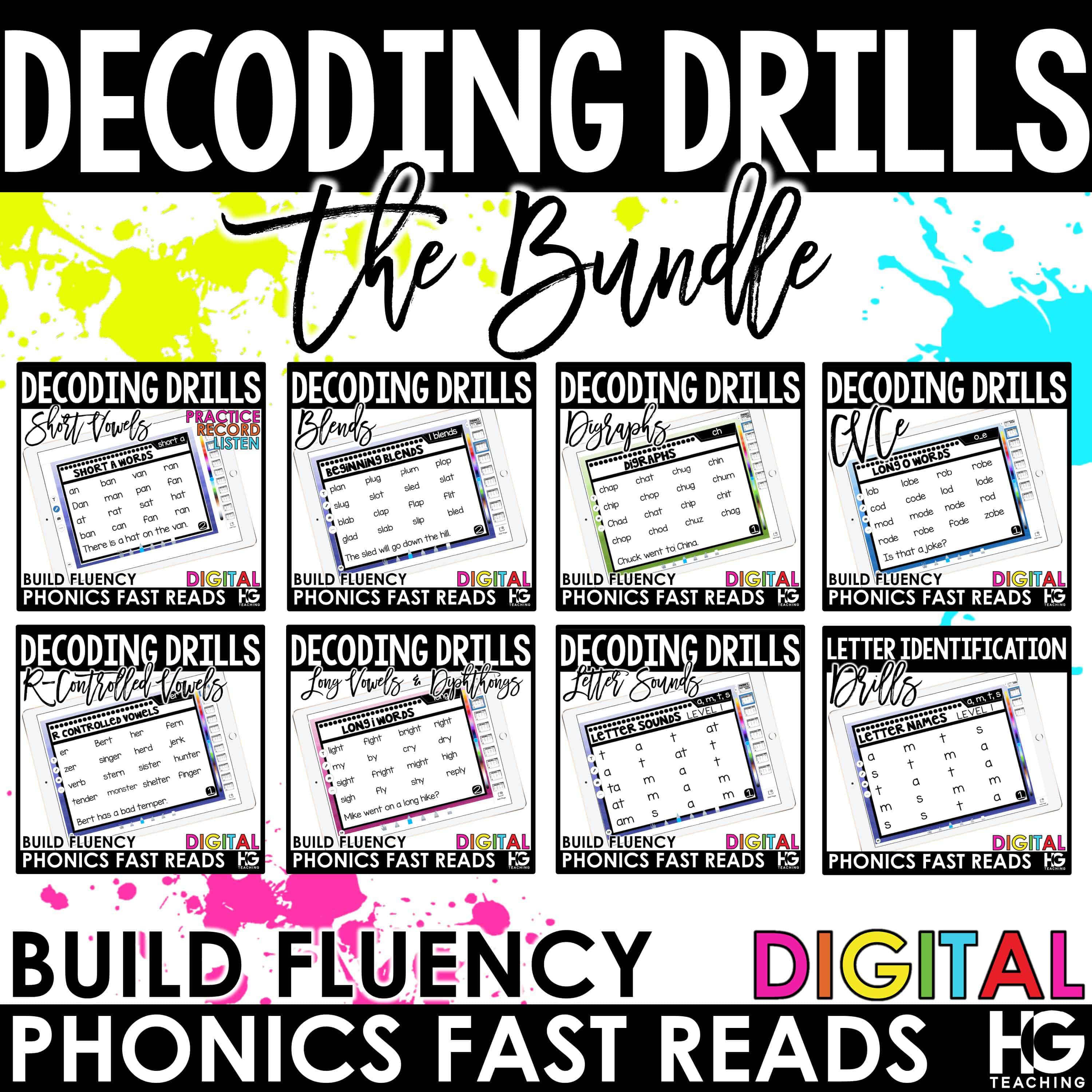
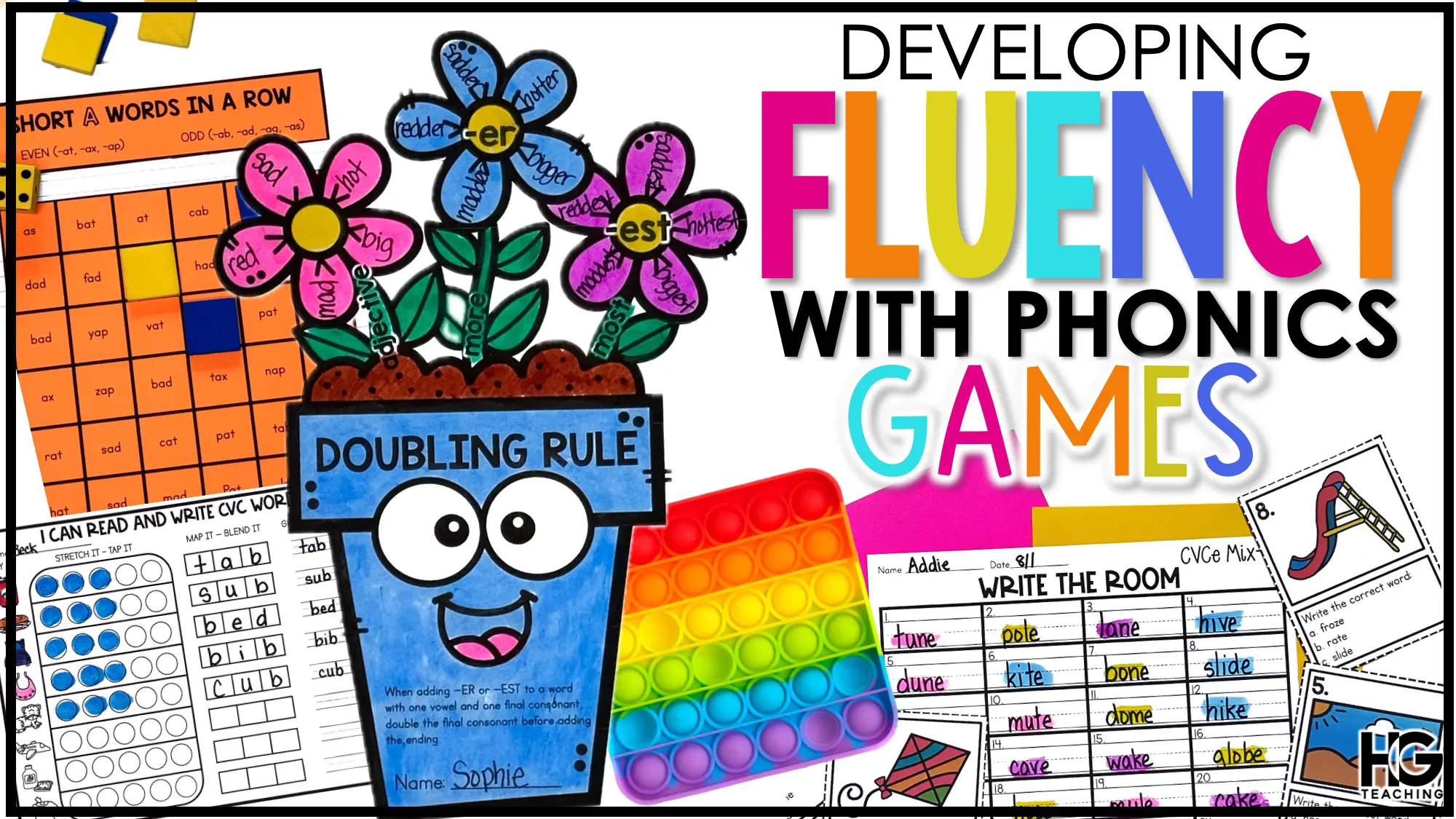

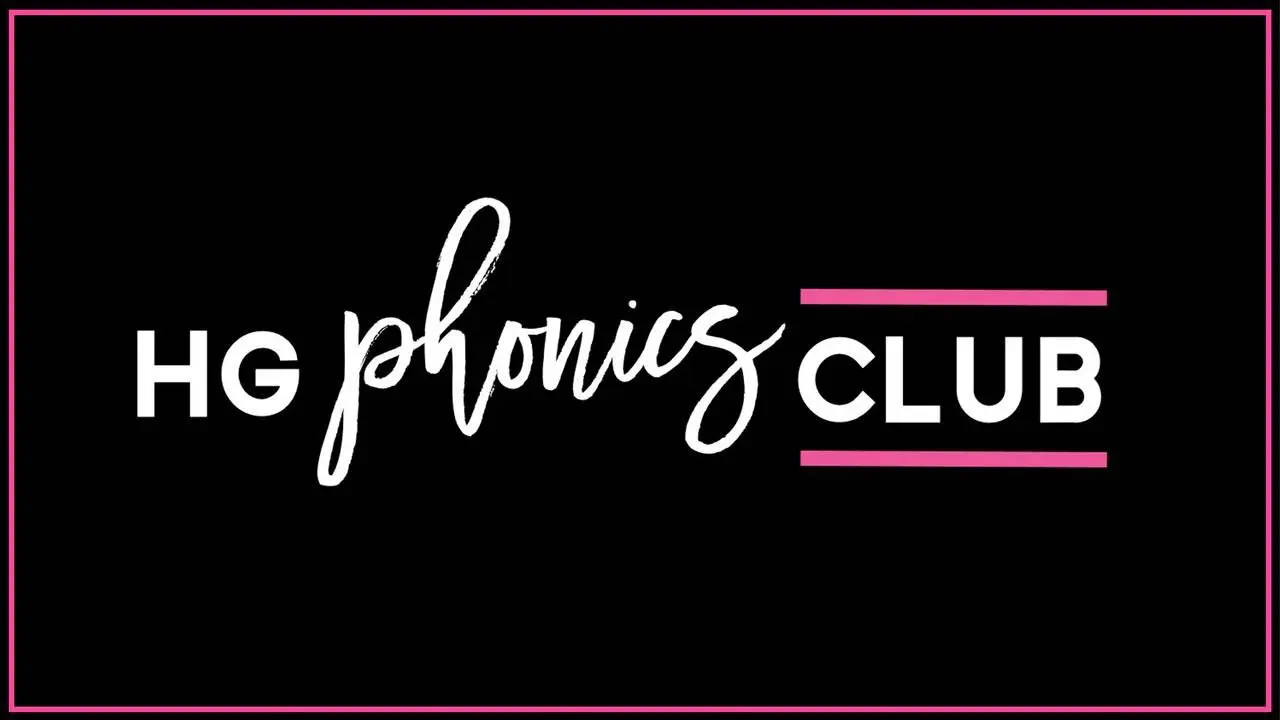
0 Comments